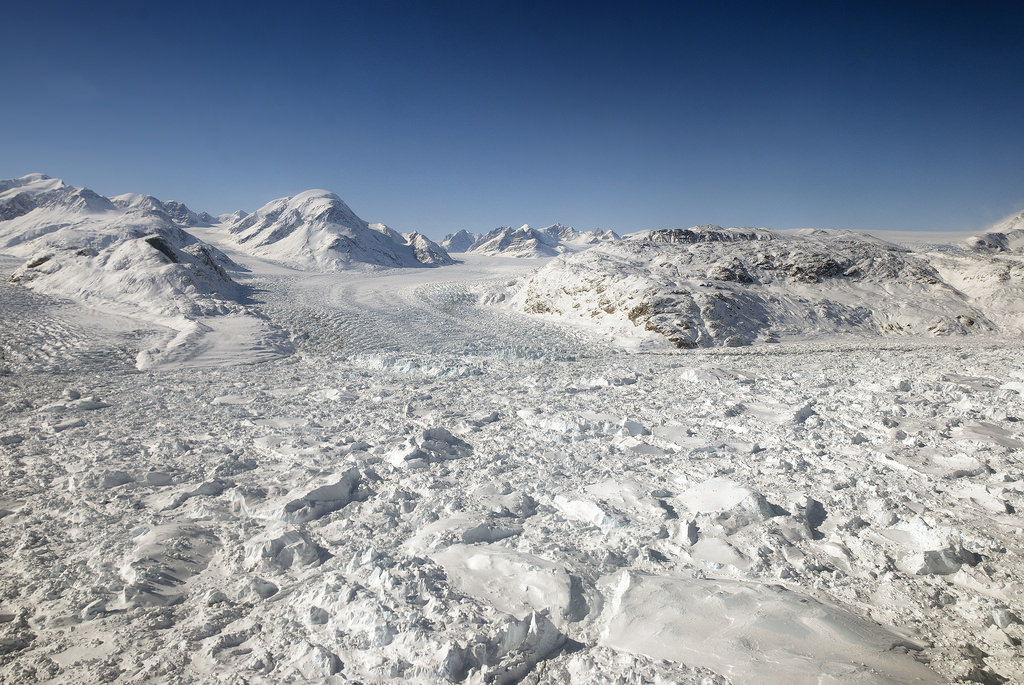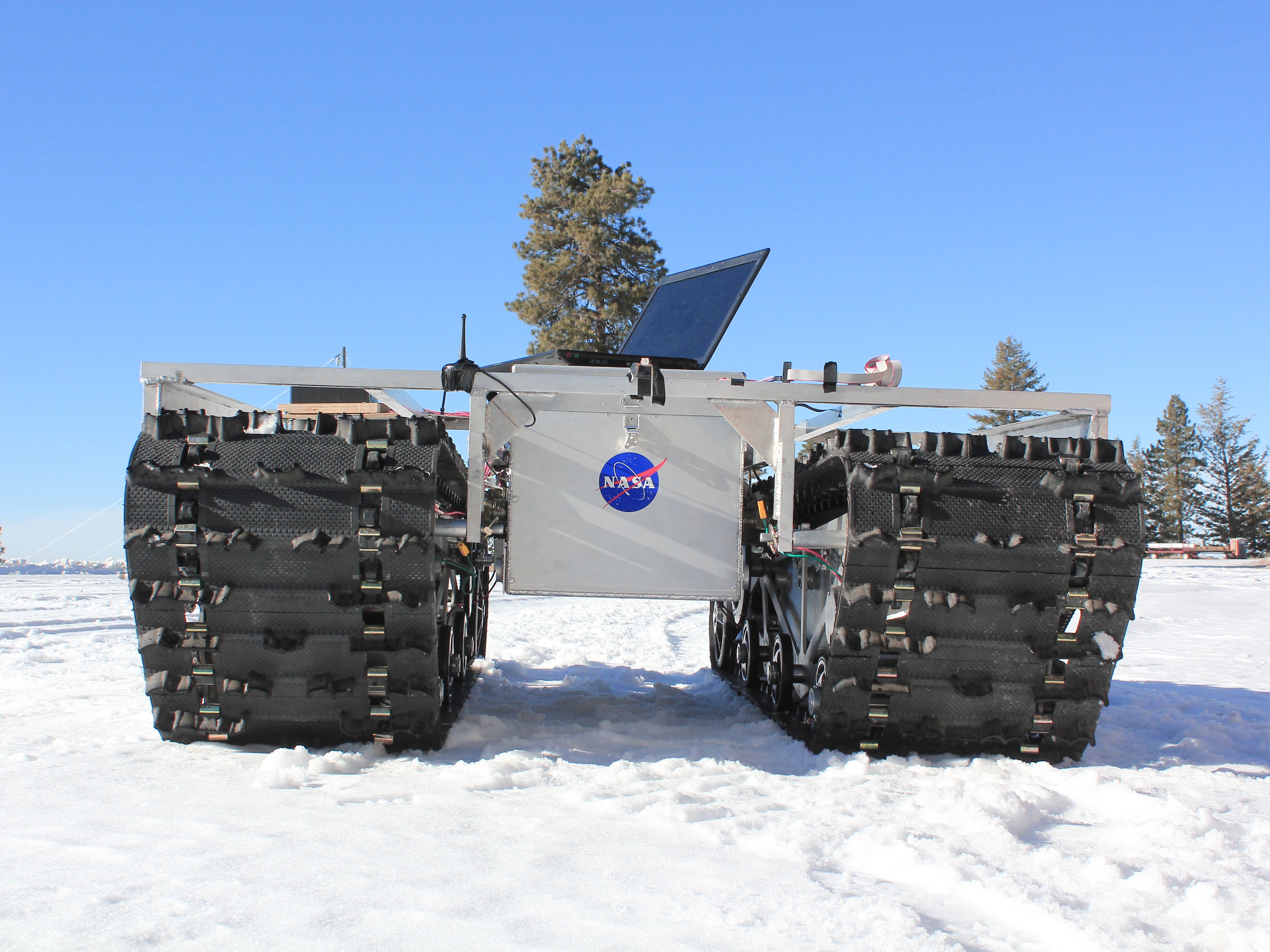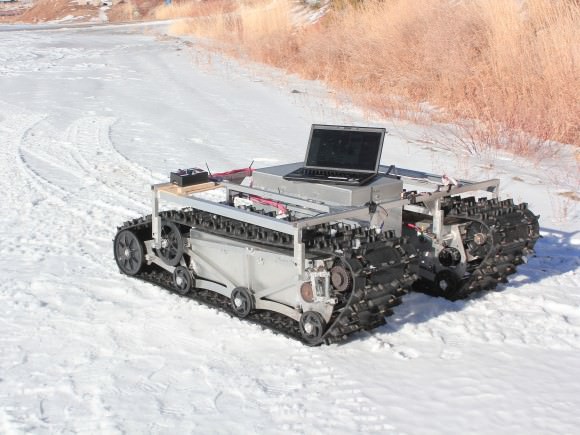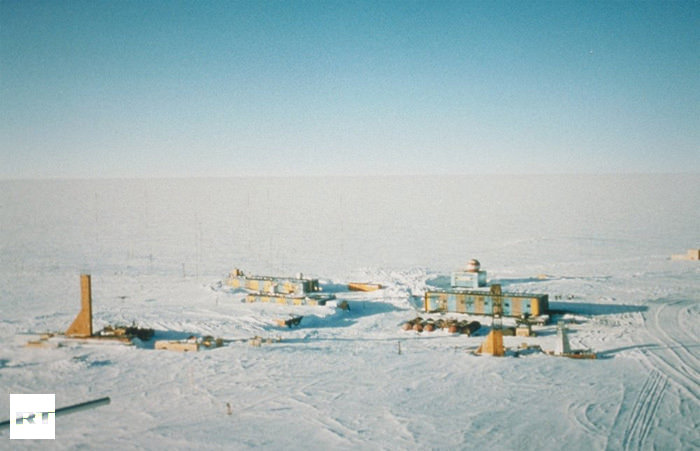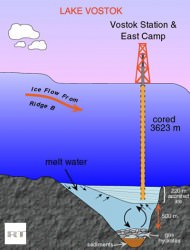[/caption]
In a study led by the University of Colorado Boulder with co-authors at the National Center for Atmospheric Research (NCAR) and other organizations, researchers may have possibly found evidence the “Little Ice Age” may have had ties to an unusual era of volcanic activity… one that lasted for about 50 years. In just five decades, four massive tropical volcanic eruptions managed to take Earth’s entire environment and put it on ice. Somewhere near the years between 1275 and 1300 A.D., these eruptions caused some very cool summer weather in the northern hemisphere which triggered an expansion of sea ice that – in turn – weakened Atlantic currents. However, it didn’t weaken the already cool climate. It strengthened it.
The international study was done in layers – like a good cake – but instead of sweet frosting, it was a composite look at dead vegetation, ice and sediment core data. By engaging highly detailed computer climate modeling, scientists are now able to have a strong theory of what triggered the Little Ice Age.. a theory which begins with decreased summer solar radiation and progresses through erupting volcanoes. Here planet-wide cooling could have been started by sulfates and other aerosols being ejected into our atmosphere and reflecting sunlight back into space. Simulations have shown it could have even been a combination of both scenarios.
“This is the first time anyone has clearly identified the specific onset of the cold times marking the start of the Little Ice Age,” says lead author Gifford Miller of the University of Colorado Boulder. “We also have provided an understandable climate feedback system that explains how this cold period could be sustained for a long period of time. If the climate system is hit again and again by cold conditions over a relatively short period—in this case, from volcanic eruptions—there appears to be a cumulative cooling effect.”
“Our simulations showed that the volcanic eruptions may have had a profound cooling effect,” says NCAR scientist Bette Otto-Bliesner, a co-author of the study. “The eruptions could have triggered a chain reaction, affecting sea ice and ocean currents in a way that lowered temperatures for centuries.” The team’s research papers will be published this week in Geophysical Research Letters. Members of the group include co-authors from the University of Iceland, the University of California Irvine, and the University of Edinburgh in Scotland. The study was funded in part by the National Science Foundation, NCAR’s sponsor, and the Icelandic Science Foundation.
“Scientific estimates regarding the onset of the Little Ice Age range from the 13th century to the 16th century, but there is little consensus,” Miller says. It’s fairly clear these lower temperatures had an impact on more southerly regions such as South American and China, but the effect was far more clear in areas such as northern Europe. Glacial movement eradicated populated regions and historical images show people ice skating in places known to be too warm for such solid freezing activities before the Little Ice Age.
“The dominant way scientists have defined the Little Ice Age is by the expansion of big valley glaciers in the Alps and in Norway,” says Miller, a fellow at CU’s Institute of Arctic and Alpine Research. “But the time in which European glaciers advanced far enough to demolish villages would have been long after the onset of the cold period.”
By employing the technique of radiocarbon dating, approximately 150 plant specimens, complete with roots, were gathered from the receding edges of ice caps located on Baffin Island in the Canadian Artic. In these samples they found evidence of a “kill date” which ranged between 1275 and 1300 A.D. This information led the team to surmise the plants were quickly frozen and then just as quickly encased in solid ice. A second documented kill date occurred about 1450 A.D. showing another major event. To further flesh out their findings, the research team took sediment sample cores from a glacial lake which is linked to the mile-high Langikull ice cap. These important samples from Iceland can be reliably dated back as far as 1,000 years and the results showed a sudden increase in ice during the late 13th century and again in the 15th. Thanks to these techniques which rely on the presence tephra deposits, we know these climate cooling events occurred as a result of volcanic eruptions.
“That showed us the signal we got from Baffin Island was not just a local signal, it was a North Atlantic signal,” Miller says. “This gave us a great deal more confidence that there was a major perturbation to the Northern Hemisphere climate near the end of the 13th century.”
What brought the team to their final conclusions? Through the use of the Community Climate System Model developed by scientists at NCAR and the Department of Energy with colleagues at other organizations, they were able to simulate the impact of volcanic cooling on the extent and mass of Artic sea ice. The model painted a portrait of what could have occurred from about 1150 to 1700 A.D. and showed that some large scale eruptions could have impacted the northern hemisphere if they happened within a close time frame. In this scenario, the long term cooling effect could have expanded the Artic Sea ice to the point where it eventually met – and melted – in the North Atlantic. During the modeling, the solar radiation was set at a constant to show ” the Little Ice Age likely would have occurred without decreased summer solar radiation at the time.” concluded Miller.
Original Story Source: Univsersity Corporation for Atmospheric Research.

